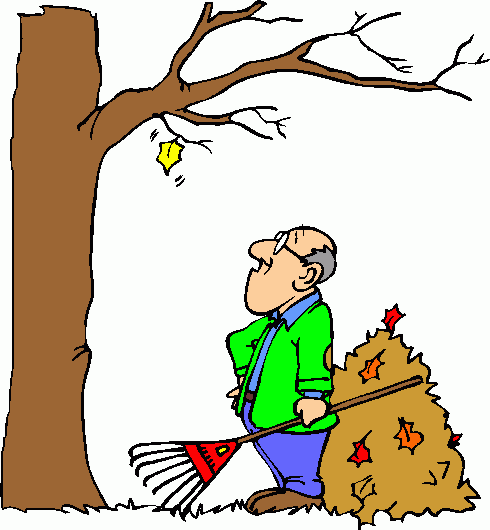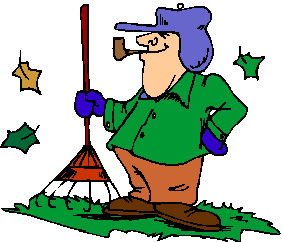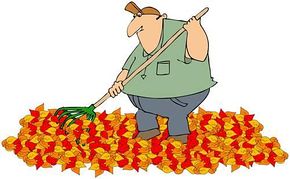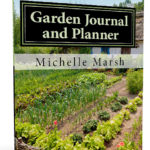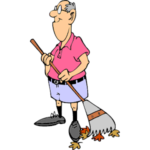THOSE AUTUMN LEAVES!
1. Use them to feed your lawn.
Chopped up leaves add valuable organic matter and minerals to the lawn. If you don’t have a leaf chopper, simply leave them in place and run over them with a lawn mower several times.
2. Use them as mulch.
In the winter, an insulating cover made of leaves protects overwintering perennials, roses and cold hardy vegetables, such as carrots, beets, kale, and leeks.
Use a heavy leaf cover over fall-planted garlic to encourage it to root without sprouting and over shallow-rooted strawberries to keep them from heaving during frost-thaw cycles.
In the spring, chopped or whole leaves make an excellent mulch for spring plantings of vegetables. berries, and ornamental shrubs. The leaves retain soil moisture and suppress weeds without encouraging growth of new weeds, since they contain no weed seeds themselves.
3. Use them in compost.
Combine carbon-rich leaves with nitrogen-rich grass clippings to make a nutrient rich compost “sandwich.” Top 3″-4″ of leaves with 1″ of grass clippings and other green leafy waste. Or, use chopped-up leaves as a component of other vegetative waste in your compost bin.
Here’s a tip on how to compost leaves the easy way from Readers Digest; 1001 Hints & Tips for Your Garden: Fill black plastic bags with dead leaves, add a shovelful of soil and a handful of 10-10-10 fertilizer. Bounce the bags to mix and place in a sunny spot. In a few months you’ll have rich compost.
4. Make leaf mold.
Wet leaves rot and decompose to form a nutrient dense material called leaf mold that is an excellent amendment to soil. Its use in the garden is similar to that of peat moss. To make leaf mold, simply pile leaves in a spot where they won’t blow away and wet them so they’ll rot. It may take as long as 1-3 years for fungus to turn them into leaf mold. You can speed up the process somewhat by shedding the leaves first, but it isn’t necessary. Leaf mold is very rich in calcium and magnesium. Like peat moss, it retains water.
5. Improve your garden soil.
Mix chopped-up leaves into the soil of your garden beds. Leaves contain trace minerals that feed earthworms and beneficial microbes. They also help sandy soil retain moisture and lighten heavy soils.
➡ CAUTION: If you have walnut, camphor, or eucalyptus leaves, compost them before using them int the garden. They contain substances that can inhibit plant growth.
😛 REMINDER: Remember to record your leaf composting and mulching details in your Garden Journal & Planner by Michelle Marsh.
-
GARDEN JOURNAL AND PLANNER
by Michelle Marsh
Amazon.com: amz.to/2r7zwAb
AmazonUK.com: amzn.to/2LnllyA
